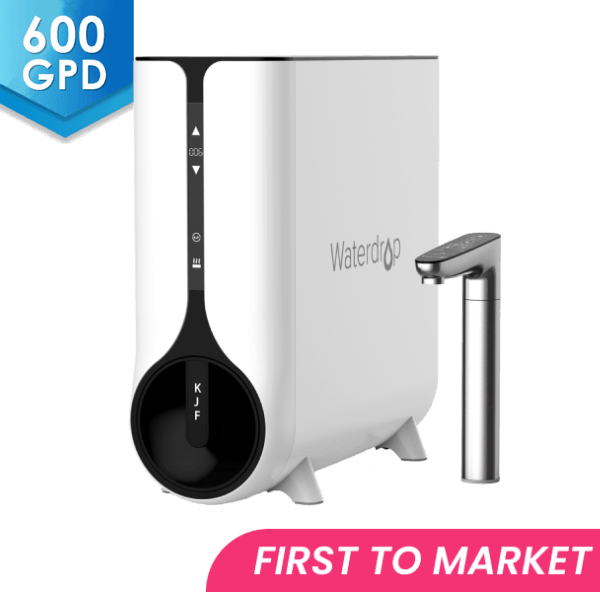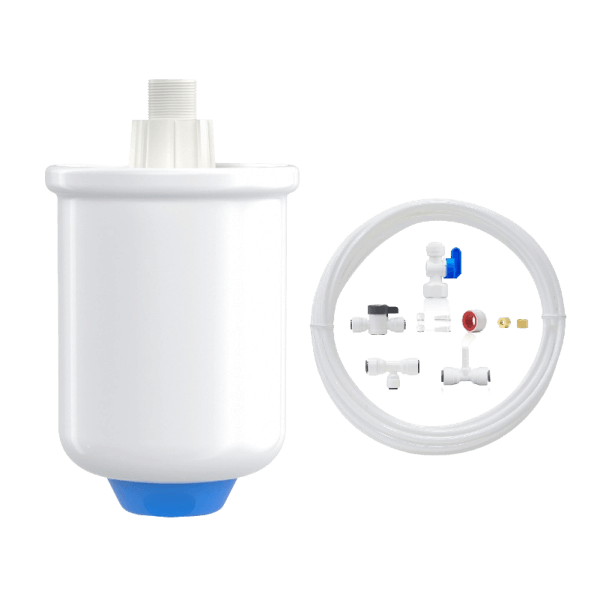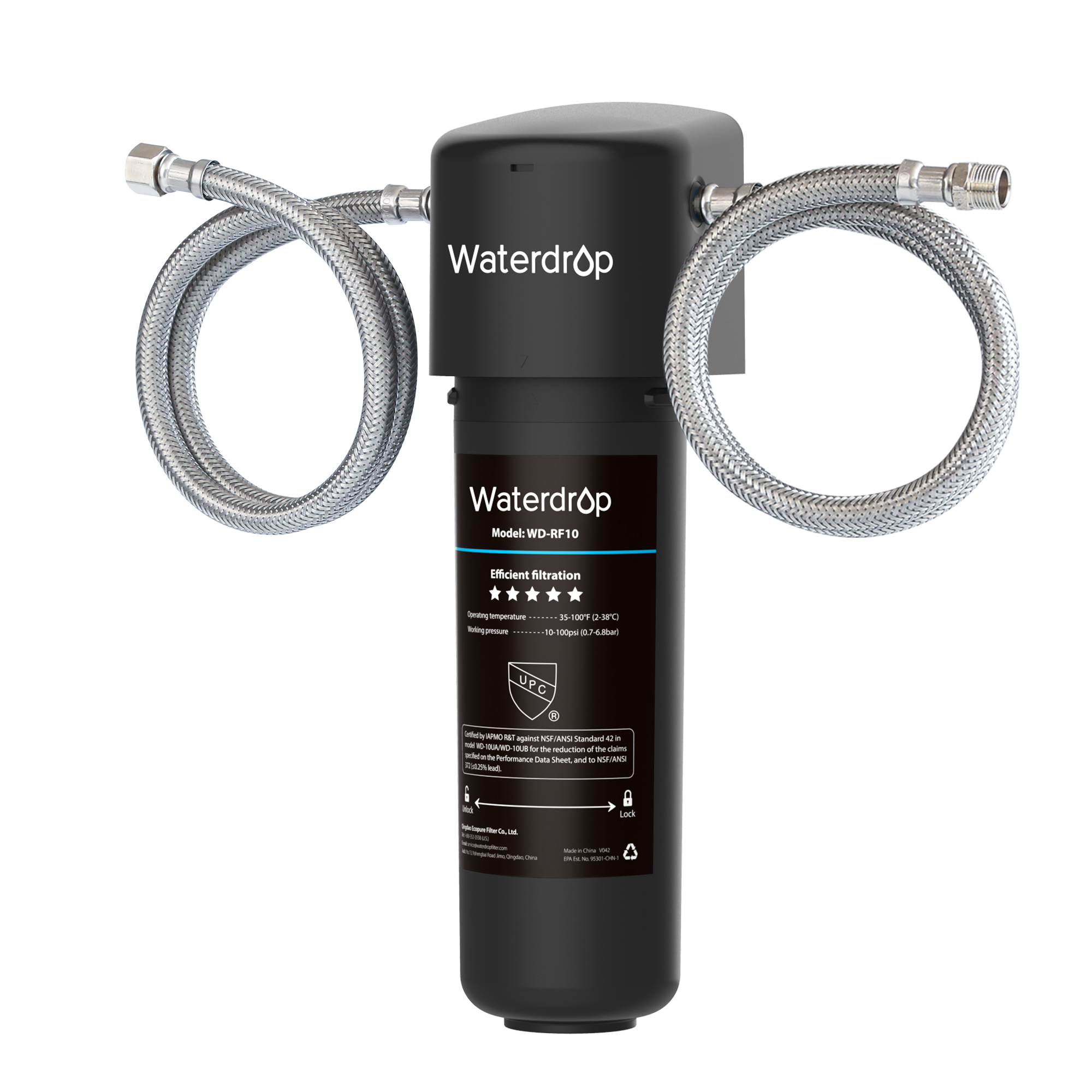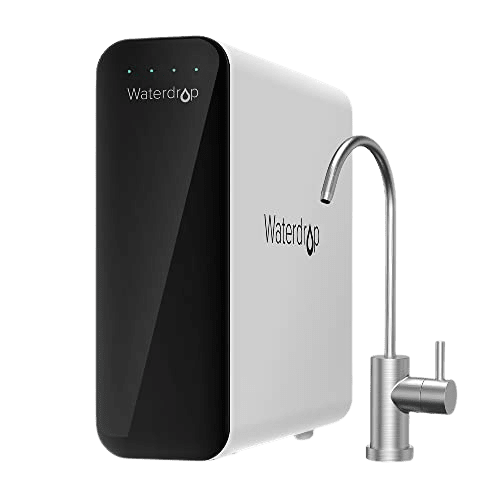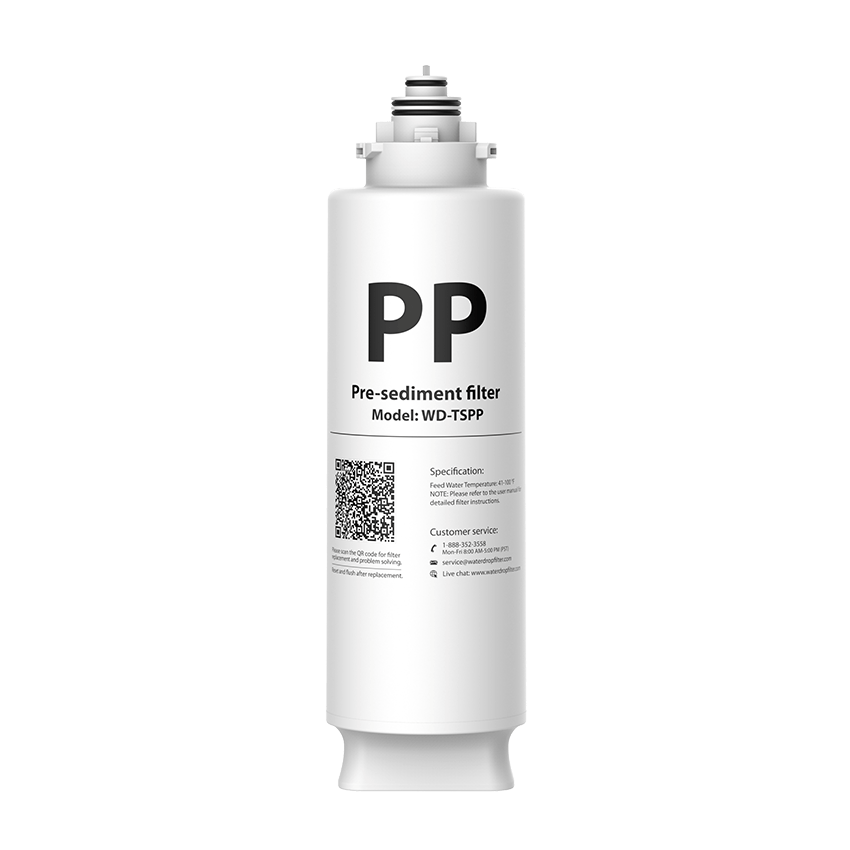Get to know NSF filtration standards

Refrigerator Water Filter
- Waterdrop refrigerator water filters are classified according to NSF certification.
- Products with more NSF certification are considered to be of better quality.


developing better products for you.
How to search certification information of the filter:
After selecting the model of thefilter, click “Go” to view the official
certification information.

For detailed certification information:
NSF/ANSI 58
FILTRATION SYSTEMS STANDARDS

The NSF/ANSI 58 standard includes:
This standard includes requirements addressing various aspects of these systems, including: safety of materials in contact with drinking water, structural integrity, TDS (total dissolved solids) reduction performance, efficiency rating, recovery rating, contaminant reduction performance, information for the end user.
| SCOPE | Reverse Osmosis Drinking Water Treatment Systems |
| CLAIMS | This standard offers various claims. Besides the required TDS (total dissolved solids) reduction, some of the most popular categories include cyst, hexavalent and trivalent chromium, arsenic, nitrate/nitrite, cadmium, lead, VOCs, barium, turbidity, fluoride, copper, and so on. |
| TESTING | Material safety, structural integrity and contaminant reduction claims (claims vary by product). |
NSF/ANSI 42, 53 AND 401
FILTRATION SYSTEMS STANDARDS

NSF/ANSI 42: DRINKING WATER TREATMENT UNITS – AESTHETIC EFFECTS
This standard establishes minimum requirements for systems designed to reduce non-health-related contaminants.
| SCOPE | Point-of-use and point-of-entry systems |
| CLAIMS | Chlorine, taste and odor, chloramine, particulate, iron, manganese, zinc and total dissolved solids (TDS) |
| TESTING | Material safety, structural integrity and specific aesthetic-related contaminant reduction claims (claims vary by product) |
NSF/ANSI 53: DRINKING WATER TREATMENT UNITS – HEALTH EFFECTS
This standard establishes minimum requirements for systems designed to reduce specific health-related contaminants.
| SCOPE | Point-of-use and point-of-entry systems |
| CLAIMS | This standard offers over 50 contaminant reduction claims. Some of the most popular include: lead, Cryptosporidium, VOCs and chromium. |
| TESTING | Material safety, structural integrity and specific health-related contaminant reduction claims (claims vary by product) |
NSF/ANSI 401: EMERGING COMPOUNDS/INCIDENTAL CONTAMINANTS
This standard addresses the ability of a water treatment device to remove up to 15 individual contaminants which have been identified in published studies as occurring in drinking water. The contaminants covered in NSF/ANSI 401 have been detected in drinking water supplies at trace levels and can affect some consumers’ perception of drinking water quality.
| SCOPE | Point-of-use and point-of-entry systems |
| CLAIMS | This standard offers up to 15 specific contaminant reduction claims. Some of the most popular categories include prescription drugs, over-the-counter medications, herbicides, pesticides and chemical compounds. |
| TESTING | Material safety, structural integrity and specific emerging compounds/incidental contaminants outlined in the standard. |
NSF/ANSI 372 FILTRATION SYSTEMS STANDARDS

The NSF/ANSI 372 standard includes:
| A maximum weighted lead content requirement of 0.25 percent (0.2 percent for solders and fluxes) |
| A formula for calculating the weighted average lead content of each product prior to testing |
| Specific procedures for testing products for lead content |



